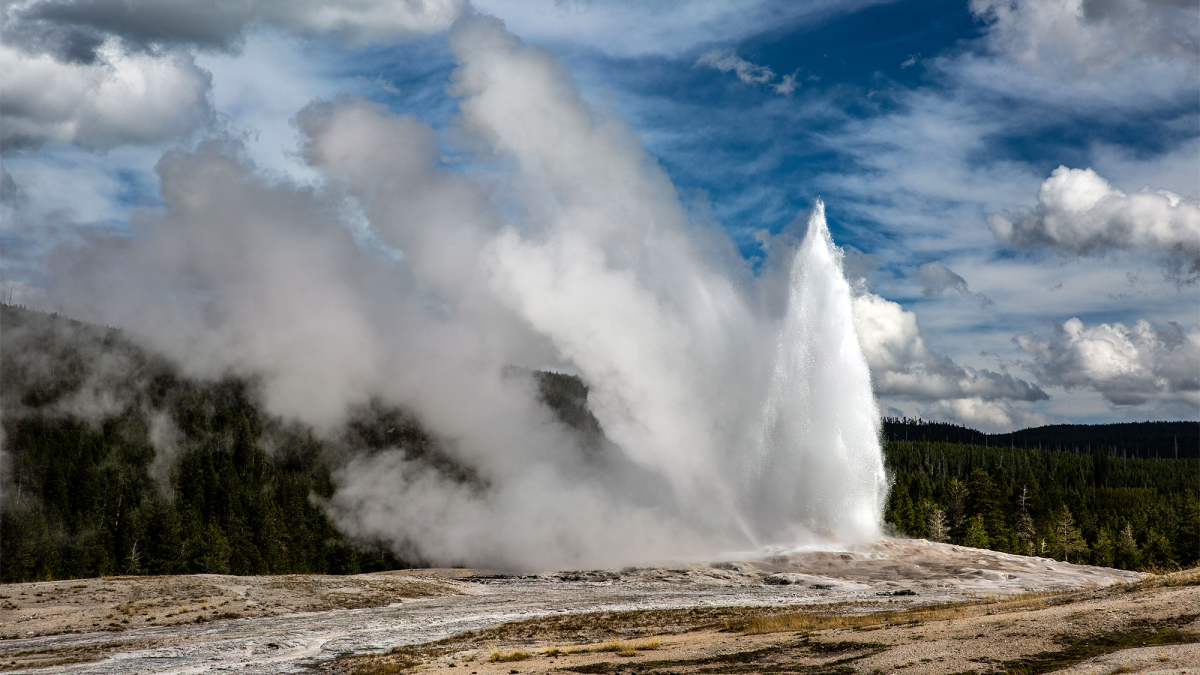
YELLOWSTONE NATIONAL PARK - Scientists with the Yellowstone Volcano Observatory (YVO) recently released their report of observations and discoveries made over the last year and have come across new evidence that suggests that the last major eruption at Yellowstone 631,000 years ago "was much more complex than previously thought" and more work will need to be completed to learn more details about the eruption’s history.
YVO has provided annual reports since 2017 that detail several topics, including ground deformation trends, earthquake activity and upgrades to its monitoring networks. There’s also information about research results and discoveries, such as the new thermal area near Tern Lake in 2018.
The Yellowstone Volcano Observatory 2022 Annual Report was released earlier this month, and like previous reports, it’s filled with eye-opening new research and observations.
According to the YVO report, 2,429 earthquakes were recorded in the Yellowstone region in 2022, the largest of which was a magnitude 4.2 that occurred on May 11.
According to the report, that was the largest reported in the region since a magnitude 4.4 in 2017.
Scientists stress, however, that the number of earthquakes in 2022 was within the range of annual earthquakes and was slightly less than what was reported in 2021.
"About 66 percent of the earthquakes took place in swarms, which are groupings of earthquakes that are clustered together in both space and time," the YVO said in a report.
One such swarm took place over a 12-hour period in March, with 60 earthquakes ranging from magnitude 0.1 to 3.7 detected.
The most significant swarm, however, lasted the entire second half of the year near Grizzly Lake between Mammoth Hot Springs and Norris Geyser Basin when more than 1,100 earthquakes were reported.
"Earthquake swarms with hundreds to thousands of events and lasting for months are not unusual in the Yellowstone region, occurring every few years," the report continued.
7 THINGS TO KNOW ABOUT YELLOWSTONE NATIONAL PARK
According to the report, the Yellowstone Caldera subsided by 1–2 inches throughout 2022. That was interrupted during the summer months by a pause in uplift as the ground swelled slightly due to a recharge in groundwater from snowmelt.
According to the National Park Service, calderas are collapse features that form during large-volume volcanic eruptions when the underlying magma chamber is emptied and the ground above it sinks into it.
An atmospheric river event in June rapidly melted the snowpack and led to catastrophic flooding across the Yellowstone region, leading to the closure of the entire national park.
The north and northeast entrance roads remained closed for the entire summer, with the north entrance not being reopened until the end of October – more than four months after the flooding event.
The flooding was so intense that the YVO said monitoring stations recorded seismic noise associated with the floodwaters.
The report also details information uncovered by YVO scientists that are changing how they think about the last major eruption at Yellowstone 631,000 years ago.
Scientists said the ash deposit that resulted from the explosion, called the Lava Creek Tuff, was initially believed to be two geological subunits, according to a report.
However, Montana State University geologists identified several new units of the Lava Creek Tuff while mapping the rocks on the Sour Creek dome on the eastern side of the Yellowstone Caldera.
"This discovery implies that the eruption was much more complex than previously thought," the report says. "Additional work is needed to sort out the eruption’s history."
Article From & Read More ( Yellowstone volcano eruption more complex than scientists previously thought, report says - Yahoo News )https://ift.tt/jXJ7T0s
Science
No comments:
Post a Comment